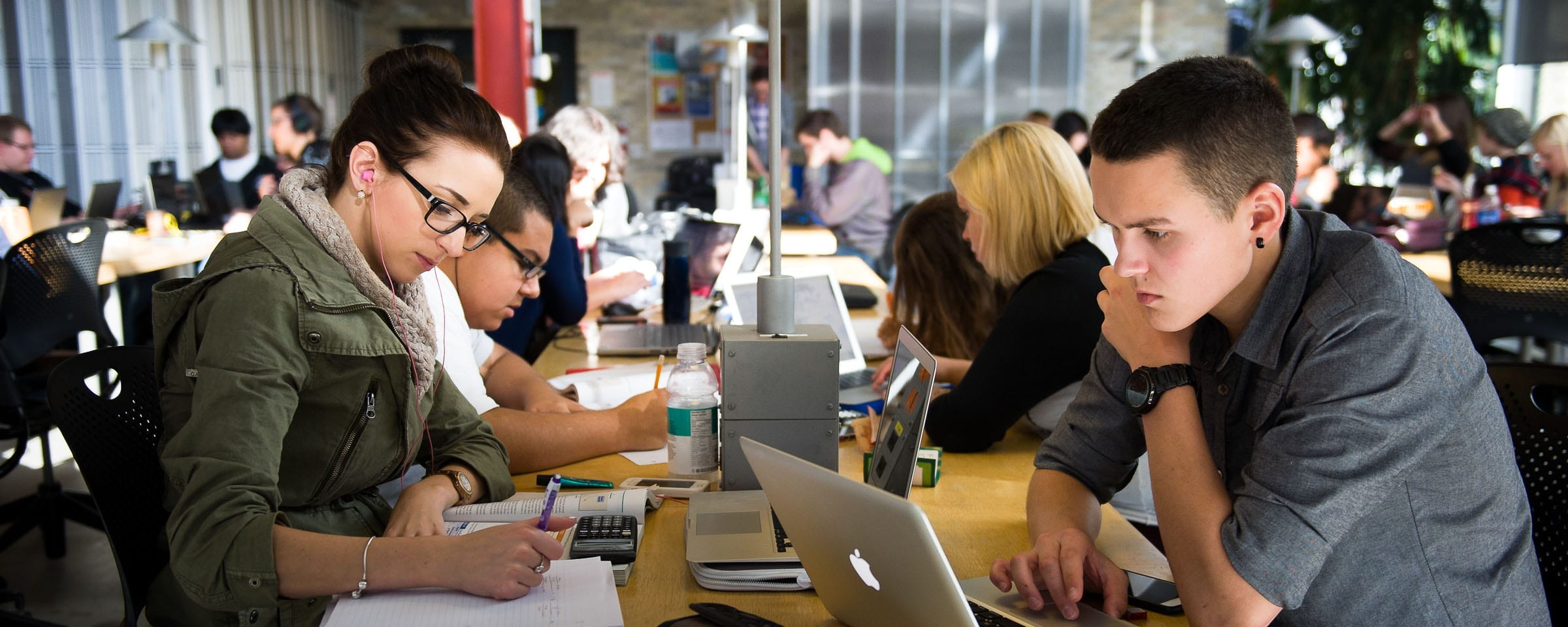Essential requirement for successful technology learning in Manitoba Indigenous Schools
Ben Akoh, Ph.D(C), M.Ed., B.Tech
Instructor, Applied Computing Education, RRC
In 2013, I travelled by road for the first time to Thompson 760 kms north of Winnipeg, Manitoba, to present a paper at the Manitoba Education Research Network (MERN) conference held at the University College of the North (UCN) Thomson campus. It was my very first trip to the “North” and I was very excited. This trip would eventually define the course of my life. My initial stop over was at the UCN’s Center in Misipawistik Cree Nation (Grand Rapids), 430 kms north of Winnipeg, where I experienced, for the first time, the technological challenges that Indigenous learners faced; not only with accessing content, but in pedagogy, planning, and in the delivery of learning. While I fell in love with the North and its people, I was disgruntled by the challenges that they faced, reminding me of my own humbling indigenous backgrounds. Ever since this trip, I decided I would dedicate my entire doctoral research to addressing a specific area of need – helping Indigenous learners become more academically successful. I became interested in the intersection of learning, culture, and technology among adult learners.
Since this trip, I have been to Thompson, The Pas, and lived for several periods of time in Bunibonibee Cree Nation (Oxford House), which would eventually become my research home. There, as part of my doctoral studies, I began to build deep relationships and to explore the research question, “How do adult post-secondary learners adapt and orient to learning in an Indigenous Canadian post-secondary context”.
The study was methodologically phenomenological, utilizing narrative inquiry as a means of gathering and analyzing data. Participants used digital technology (tablets, mobile phones, computers) to produce documentation illustrating their learning and adaptation. The negotiation of cultural identity, and the development of personal strategies to persist in their learning was a central finding in the study.
The study findings also indicate that there are still technological demands that could benefit learners in the North, if implemented. For instance, the Digital Canada 150 strategy document promises high speed Internet to 98% of Canadian households by 2017 could benefit homes and schools, yet the existing infrastructure is far from this target. A functional underlying telecommunication infrastructure that supports future economic growth and educational achievement is a fundamental and an essential requirement for learners in the North.
I learned that the reach of urban education is often minimal, and participation in learning that is both progressive and relevant, is challenging amongst people in Indigenous communities. I observed that Indigenous learners pursue their learning by adapting and orienting themselves between Eurocentric and Indigenous worldviews, and that this movement can be quite difficult.
I noticed that while Indigenous learning is place-based, activity-based, holistic (affects intellectual, spiritual emotional and physical aspects of being), spans life, practical, and is intergenerational, Eurocentric learning is not often so attributed, at least from the perspective of the Indigenous learner. As a result, Indigenous adult learners tend to straddle between Indigenous learning methods and Eurocentric ones. This constant demand to shift back and forth from one learning method to another is not often easy, while it arguably appears seamless to the educator.
Consequently, educators and educational systems that are fundamentally Eurocentric tend not to recognize this added demand for movement that is placed on the Indigenous learners, and also tend not to take their agility into consideration in evaluating student learning. And learners who subsequently feel frustrated in this process tend to drop out and lose interest in participation.
I argued in my thesis that this need for movement between Indigenous learning and Eurocentric ways, that is placed on the Indigenous learner, and the ensuing mismatch of perceptions of the educator and the learners, are substantial reasons for high attrition, low participation and completion rates amongst Indigenous learners.
Thus for indigenous learners to succeed, another essential requirement should concern educators, who should strongly consider Indigenous culture in the pedagogical development, design and delivery of courses and programs meant for learners in Northern communities. As educators, we scaffold learning from the “known” to the “unknown”. Scaffolding from a known Indigenous learning place to a relatively unknown Eurocentric one could help Indigenous learners make the necessary leap from low to high participation, and subsequently to completion. By doing so, we provide culture-centric accommodation for Indigenous learners.
Finally, education technologies such as mobile devices have shown interesting affordances that allow non-interested learners to socially acquire knowledge, digital competencies, and 21st century skills such as research, communication, and creativity. These devices could also help Indigenous learners to straddle their Indigenous learning ways and Eurocentric methods, and to succeed in both. Educational institutions and educators should find ways of pedagogically leveraging this technological affordance by using them as tools to link student learning to community activities that is holistic, practical and intergenerational. Predictably, it could have a strong influence on learning, now and in the future.
Today, I am hopeful and far less disgruntled as new research in the growing field of Indigenous educational technology appears to be asking the right questions about Indigenous learners’ success. My research contributes to knowledge in this field in that it leaves future researchers and educators with a Techno-Culture Adaptive Framework that helps to ask the right questions about the pedagogy of Indigenous educational technology, and to ensure that the right culture-centric frame is put in place for Indigenous learners in Northern Manitoba succeed.
